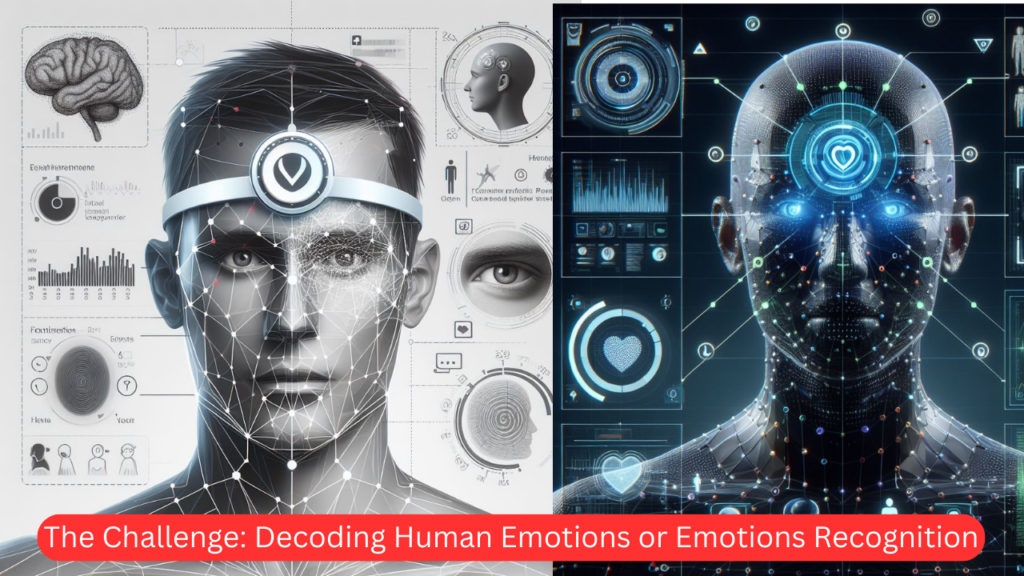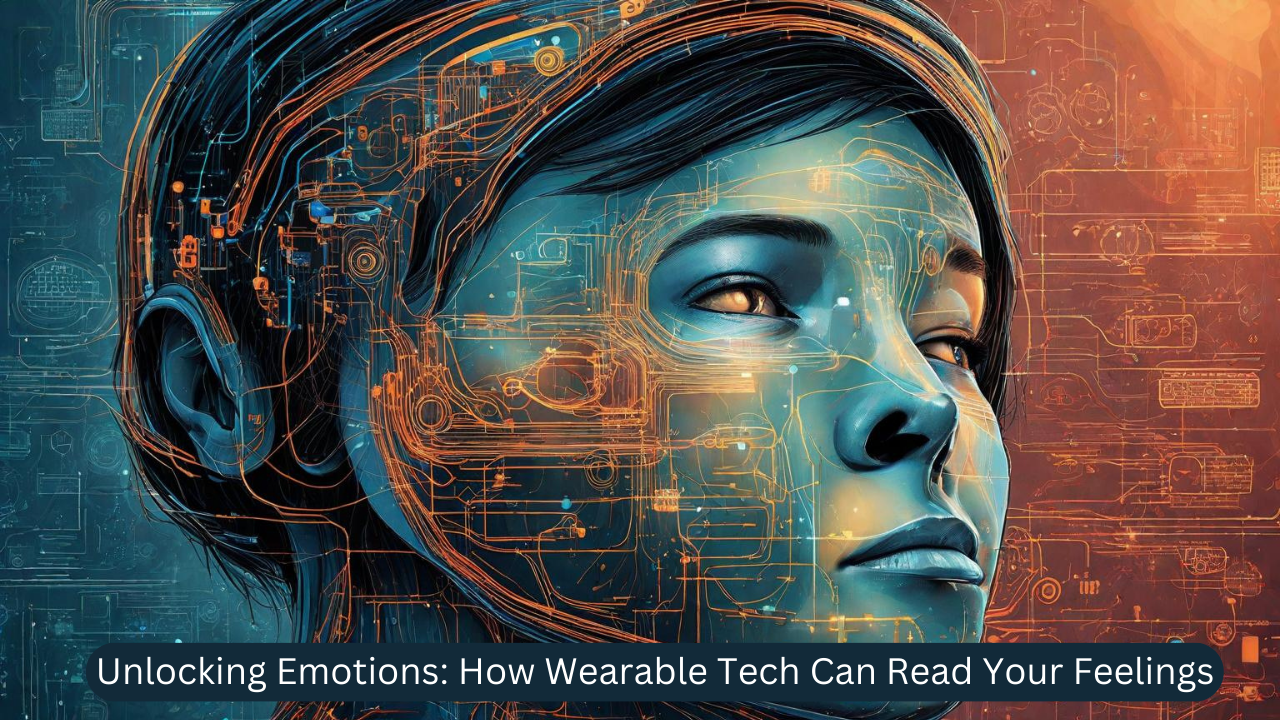Unlocking Emotions: How Wearable Tech Can Read Your Feelings
In a groundbreaking leap for technology, researchers have unveiled a wearable system capable of real-time human emotions recognition. This innovation, known as the Personalized Skin-Integrated Facial Interface (PSiFI), combines verbal and non-verbal signals to efficiently process data for wireless communication. Its development marks a significant advancement in the field of emotions recognition and has the potential to revolutionize various industries, particularly those relying on next-generation wearable systems.

The Challenge: Decoding Human Emotions or Emotions Recognition
Understanding and accurately extracting emotional information has long been a challenge. Human affects—such as emotions, moods, and feelings—are abstract and often ambiguous. Deciphering these complex forms of human data requires innovative solutions that go beyond traditional methods.
The PSiFI System: A Breakthrough
At the core of this revolutionary system lies the PSiFI, developed by Professor Jiyun Kim and his research team at the Department of Material Science and Engineering, Ulsan National Institute of Science and Technology (UNIST). Here’s what makes it remarkable:
- Multi-Modal Approach: The PSiFI system combines both verbal and non-verbal expression data. By integrating facial cues and vocal signals, it efficiently utilizes comprehensive emotional information.
- Self-Powered and Stretchable: The PSiFI is skin-integrated, self-powered, and transparent. It features a first-of-its-kind bidirectional triboelectric strain and vibration sensor. This sensor enables simultaneous sensing and integration of both verbal and non-verbal expression data.
- Friction Charging: The system generates power through a fascinating phenomenon called friction charging. When objects separate due to friction, they create positive and negative charges. Remarkably, the PSiFI harnesses this energy, eliminating the need for external power sources or complex measurement devices.
- Real-Time Emotions Recognition: Utilizing machine learning algorithms, the PSiFI accurately recognizes human emotions—even when individuals are wearing masks. Imagine a wearable device that can read your feelings as you go about your day.
- Customizable and Wireless: The PSiFI’s wireless capabilities and customizable features make it truly wearable. It adapts to individual users, enhancing convenience and usability.
Applications Beyond Wearables –Emotions Recognition
The impact of the PSiFI extends far beyond wearable devices. Here are some exciting possibilities:
- Healthcare: Imagine a smartwatch that not only tracks your heart rate but also detects stress levels or anxiety. The PSiFI could revolutionize mental health monitoring.
- Virtual Reality (VR): The system has already been applied in a digital concierge scenario within a VR environment. Customized services based on users’ emotions become a reality.
- Human-Machine Interaction: As AI and robotics become more integrated into our lives, emotional cues play a crucial role. The PSiFI could enhance how we interact with machines, making them more responsive to our feelings.
Challenges Ahead in Detecting Emotions Recognition
While the PSiFI opens exciting doors, challenges remain. Privacy concerns, bias in the system, and ethical considerations must be addressed. As rapid developments in AI enhance human-machine interactions, responsible implementation becomes paramount.
Conclusion: Feeling the Future
The PSiFI system exemplifies the convergence of science, engineering, and empathy. It reminds us that technology isn’t just about functionality; it’s about understanding and connecting with our humanity. As wearables evolve, they’ll not only track our steps but also sense our emotions—one heartbeat at a time.
More articles
https://news24.edupedia.site/2024/02/25/online-marketplace/
https://news24.edupedia.site/2024/02/25/reinforcement-learning/
https://news24.edupedia.site/2023/07/04/pros-and-cons-of-e-learning/
Discover more from News 24 Media
Subscribe to get the latest posts sent to your email.


